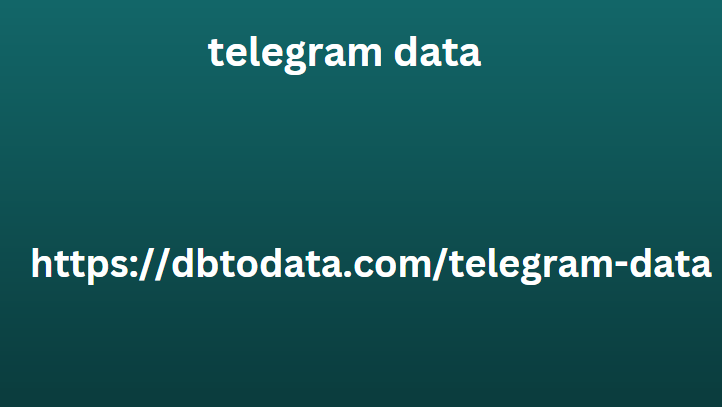A sales cycle acts as a roadmap that your sales team can follow to close a new lead.
While sales cycles vary from company to company, their end goals are usually the same. They help you sell better, train your sales team easily, and properly track the effectiveness of your sales operations.
In this article, we will explain what a sales cycle is and why it is critical for your business. We will also review the seven most important stages in a sales cycle.
What is a sales cycle?
A sales cycle represents the series of steps a sales representative follows to convert a new prospect into a new customer for their business.
Although sales cycles are unique to every business, typically the first step is finding leads. Each salesperson will then be assigned a sales lead to contact, qualify, and eventually close.
The specific steps in your B2C or B2B sales cycle would vary depending on your:
Industry or niche.
Competitors.
Type of offers.
Pricing structure.
Sales strategy.
Cost of acquiring a new customer and more.
Now that you know what a sales cycle is, I’ll explain why it’s crucial to your business’s success.
Why is a sales cycle important
A sales cycle is essential for your business because
Guide your B2C or B2B sales team on the specific steps they should ideally take during the sale.
Simplify the training process for new sales reps as all sales steps and best practices are compiled in a structured format.
Provides insight into the effectiveness of your sales operations and shows where you can improve.
Essentially, a sales cycle helps ensure that your entire sales process is organized and repeatable.
But what is a sales cycle like?
Next, let’s discover the different stages of the sales cycle.
What are the essential stages of a sales cycle?
As I mentioned earlier, a company’s B2C or B2B sales cycle is often unique. It depends on the product or service you sell, the industry or niche you serve, etc.
However, the most effective sales cycles include the following seven essential stages. They may not always be strictly sequential, and there may be overlaps between the stages. We’ll talk about that in a minute.
1. Find potential customers for your business
Identifying potential customers (also known as lead generation) is generally the first stage of the sales cycle.
However, before you go looking for a potential customer, you must first understand what your product or service does and how it benefits your existing customers. This knowledge will help you determine the type of people or companies that make up your potential customer lists. This, in essence, is your target audience.
Now, to find these potential leads, your salesperson can take advantage of:
Social media platforms like LinkedIn, Facebook, Twitter, etc.
Subscription forms on your company website.
Fairs and conferences.
Recommendations from existing client references.
Inbound marketing and more.
And luckily, tools, the process of finding potential custo brazil telegram data mers across multiple channels becomes much simpler.
2. Contact your potential customers
Once you have created your lead lists, it’s time to reach ou feback sharing page from one t to your potential customers.
But first, you’ll need to decide which communication bw lists channels you’ll use for initial contact.

